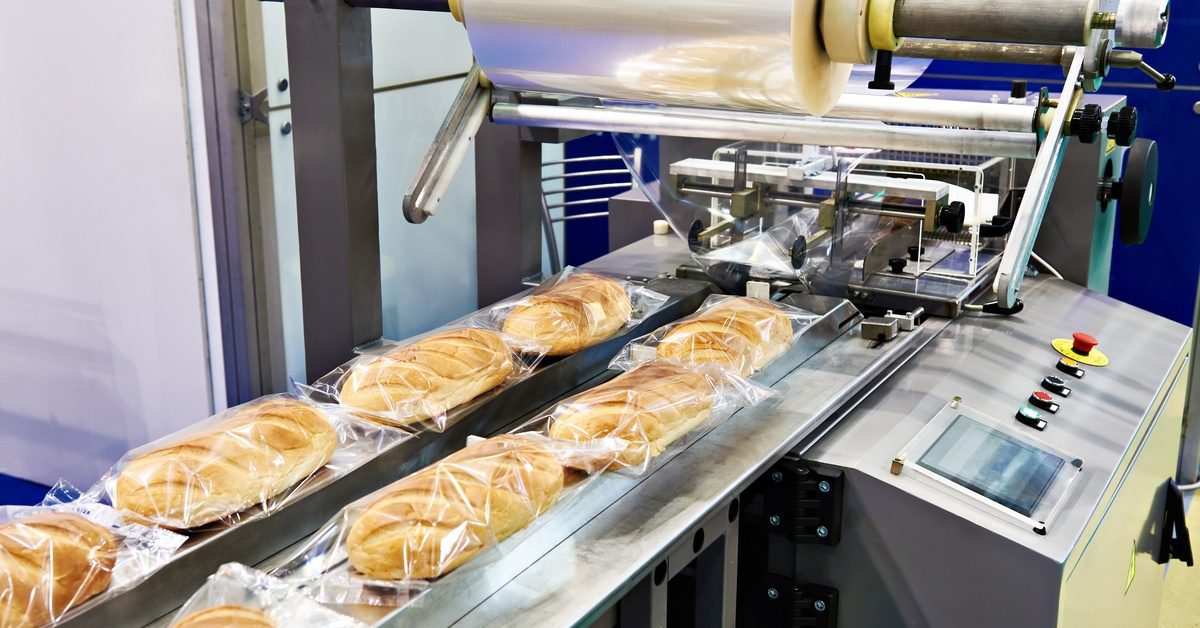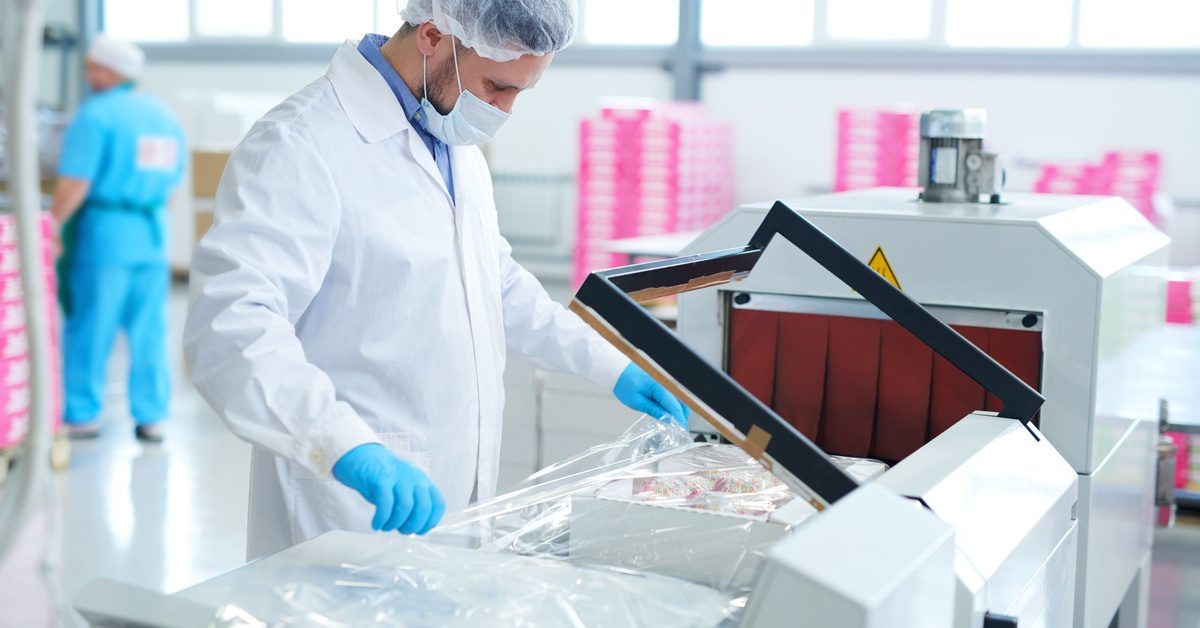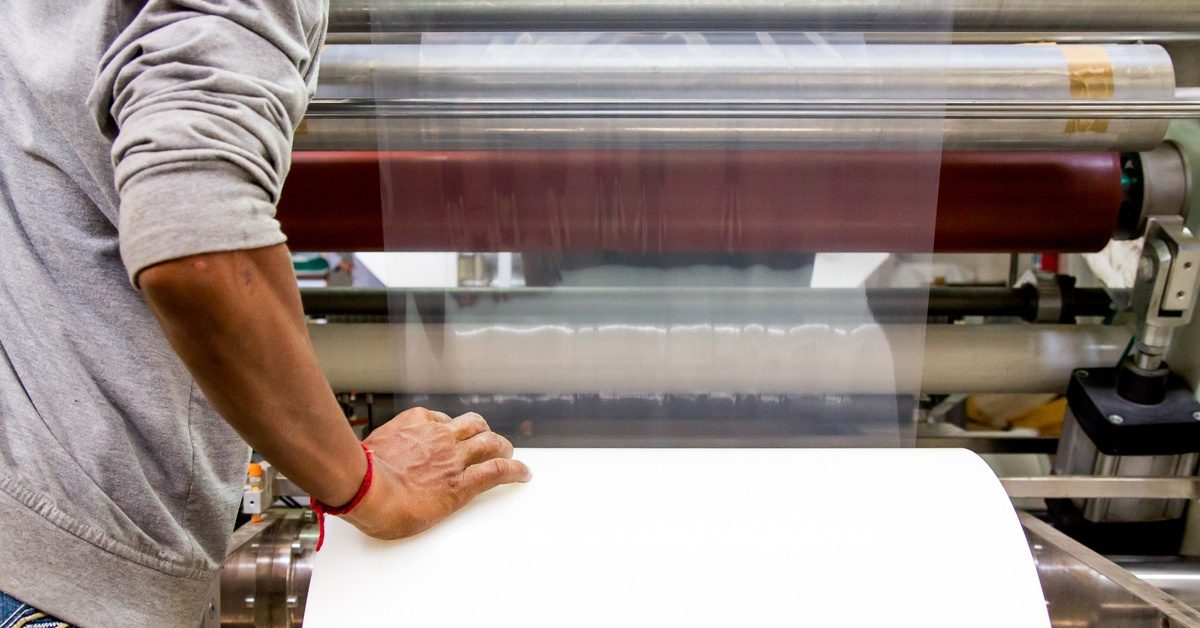Search
Additional Links Contact Us- Phone: (800) 423-4198
- Toll-Free: (815) 885-1900
- Email: [email protected]

ProMach is your partner from start to finish. Our product brands are grouped into distinct business lines that make the most sense to our customers, covering every function of the production line: Filling, Bottling & Capping, Decorative Labeling, Flexibles & Trays, Pharma, Handling & Sterilizing, Labeling & Coding, Robotics & End of Line, and Systems & Integration.
learn more
You’ve invested thousands of dollars in horizontal form-fill-seal (HFFS) equipment, and now sustainability pressures mount from every direction. Your customers demand eco-friendly packaging while your production team worries about film compatibility issues that could temporarily slow or shut down your operations.
The question is: can you switch to compostable films without rebuilding your entire packaging line? Let’s explore the best way to transition your operations.
Horizontal form-fill-seal machines operate with precise mechanical tolerances. These systems pull film from rolls, form pouches through heat sealing, fill products, and complete final seals at high speeds.
Compostable films respond differently to heat and tension than conventional plastics. Your sealing temperatures, speeds, and pressure settings may need adjustments to accommodate these materials.
Several compostable film options exist for horizontal form-fill-seal applications. Each type offers distinct advantages and challenges for your production line. Understanding these variations helps you predict how well compostable films will work with your HFFS machines.
PLA-based films provide excellent clarity and moderate heat resistance. These films seal well at controlled temperatures but require careful handling during unrolling processes. Starch-based films offer good barrier properties for many products, but they tend to be more sensitive to humidity and temperature fluctuations during storage and processing.
Paper-based composite films combine natural fibers with compostable coatings. These materials often run well on existing equipment with minimal adjustments. However, they may not provide the same moisture barriers as synthetic alternatives.
PBAT and PHA films represent newer technologies in the compostable space. These materials often exhibit properties closer to traditional plastics, making them easier to process on standard equipment.
Many horizontal form-fill-seal machines can accommodate compostable films with minor adjustments. However, some older equipment may benefit from specific modifications to optimize performance with these materials.
Most compostable films seal at lower temperatures than conventional plastics, and starting with temperature reductions of 20–30 degrees Fahrenheit often works well. Implementing digital temperature controllers with tighter tolerance ranges is key to maintaining optimal sealing conditions throughout the process.
Speed adjustments may also be necessary, depending on your chosen film type. Some compostable films require slower processing speeds to maintain seal integrity. Others can run at standard production rates with proper temperature control.
Another potential setting to change is the film tension. These films often exhibit different stretch characteristics compared to traditional plastics. Reducing tension by 10–15% provides a good starting point for optimization. Upgrading sealing bars can improve results with compostable films, particularly when paired with more precise temperature control for consistent seals across various film types.

Before committing to full production runs, conduct thorough testing with your chosen compostable film. This process helps identify potential issues before they impact your production schedule in a big way. For example, you could run small batch trials using various temperature and speed combinations. Document seal strength, appearance, and package integrity for each test configuration.
Extended trials help evaluate film performance over longer production periods. Some issues only appear after continuous operation. Monitor for film tracking problems, seal consistency, and any equipment wear patterns.
You’ll also want to think about increasing your quality control. Compostable films can act differently from regular films, especially with changing environmental factors. That means you’ll need to test seal strength more often with these materials.
Compostable materials sometimes undergo film tracking issues. These films often have different stiffness levels, which can affect how they move through your equipment. Adjusting guide rollers and tension settings usually fixes the problem.
You might also notice some variations in seal strength with compostable films. That’s because these materials rely more on consistent temperature across your sealing bars. Regularly calibrating your heating elements can help keep things running smoothly.
Another common challenge is static electricity buildup, which can be more noticeable with PLA-based compostable films. Antistatic treatments or ionizing equipment can make the film handling process nice and smooth.

To prevent compostable films from degrading, it’s important to store them properly. Most compostable materials need to be protected from moisture, heat, and UV light. Storage areas should also have consistent temperature and humidity levels.
Film roll changeovers may need modification when using compostable materials. Some films require gentler handling to prevent damage during installation. Training operators on proper handling techniques reduces waste and downtime.
Compostable films often have shorter shelf lives than traditional plastics. First-in, first-out inventory rotation becomes critical for maintaining film quality. Consider adjusting order quantities and frequencies to match your actual usage rates.
The initial price for compostable films typically exceeds traditional plastic options. However, a total cost analysis should consider potential savings from reduced waste disposal fees and improved customer satisfaction.
Production efficiency changes may impact your overall costs. If compostable films require slower processing speeds, you’ll need to factor reduced throughput into your cost calculations. Conversely, if these materials eliminate secondary packaging steps, those savings may offset higher material fees.
Market trends suggest continued growth in demand for sustainable HFFS packaging solutions. Early adoption positions your company favorably for future changes.
Operator training plays a key role when switching to new materials. Compostable films will work with your HFFS machines when operators learn proper handling techniques and procedures for modifications. Thorough instructional programs help minimize startup problems and prevent ongoing issues.
If you want to successfully transition to compostable film, a thorough supplier evaluation can match you with the best film suited for your specific applications. Partner with suppliers who will provide technical support during transition periods. HMC Products can recommend optimal settings and work with your operation’s needs. Our support can reduce your downtime and accelerate the learning curve.
With proper planning, testing, and equipment adjustments, you can successfully implement sustainable solutions without sacrificing production efficiency. Customers increasingly expect environmentally responsible packaging, and meeting these expectations strengthens your competitive position in your industry.
Consider pilot programs on select product lines to gain experience before full-scale implementation. Contact HMC Products today for a consultation.